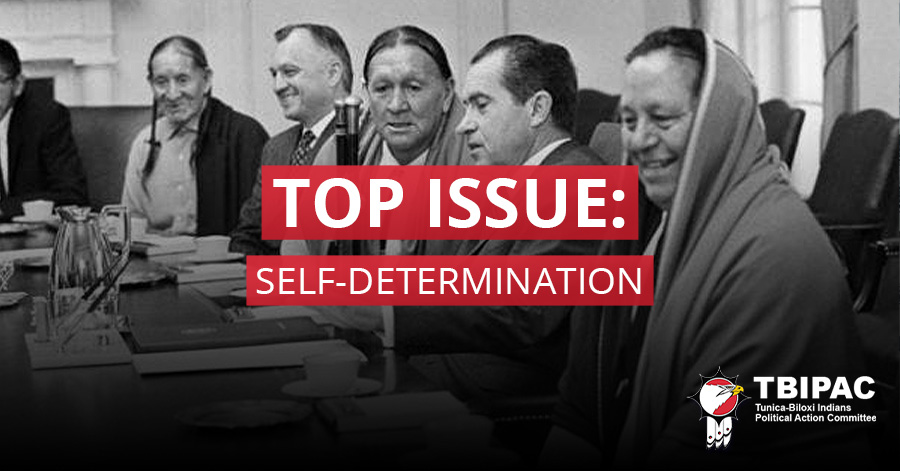Photo Source: Bureau of Indian Affairs
Tribal self-determination is the social movement, legislation, and belief that tribes existing in the United States should employ their own governance and make their own decisions on issues affecting their people. The creation of the Bureau of Indian Affairs (BIA) was the start of creating policies that favored self-determination for tribes. The Bureau's mission is to "… enhance the quality of life, to promote economic opportunity, and to carry out the responsibility to protect and improve the trust assets of American Indians, Indian tribes, and Alaska Natives." (Source)
Overall, self-determination for tribes means a return to political independence that existed prior to colonization. Advancements in education, religious freedom, and gaming are just a few milestones that tribal members have fought and continue to actively fight for. For example, the Indian Self-Determination and Education Assistance Act of 1975 "allowed for Indian tribes to have greater autonomy and to have the opportunity to assume the responsibility for programs and services administered to them" (Source). According to the BIA, the Act "assured that Indian tribes had paramount involvement in the direction of services provided by the Federal government in an attempt to target the delivery of such services to the needs and desires of the local communities."
Click here to read more about self-determination.






